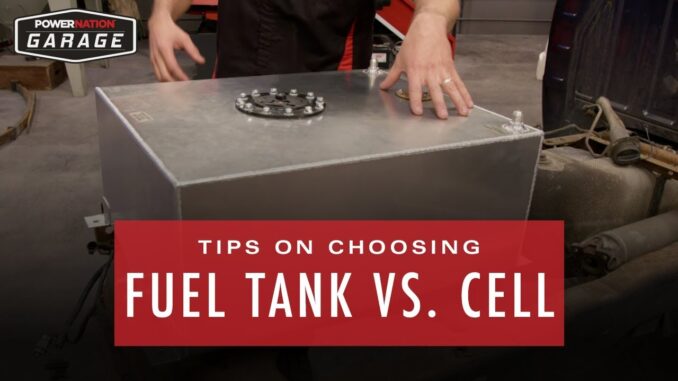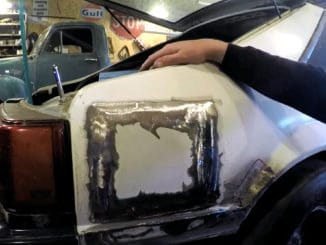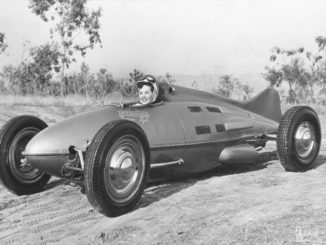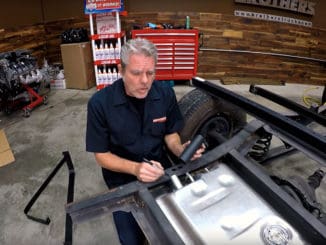
When building an off-road, racing, or custom rig, you often can’t use the OEM fuel tank and pass tech. So in the case of the XOR Pre-Runner project, a fuel cell can be the best choice.
They chose the fuel cell option because it’s safer, stronger, has all the ports for fuel injection, and can be mounted anywhere. Co-host, Jeremy, runs through the basics of the functions and benefits of the fuel cell.
All the ports on the cell have a purpose. The bottom ports are for the fuel outlet. They sit low in the tank and should be faced toward the rear of the truck, so when you stomp on the throttle, all the fuel runs towards the fittings.
The top ports do two different things: one is for the fuel system’s return line, and the other is a safety roll-over valve and vent combined. The caps cover a large diameter hole to quickly re-fuel and have a safety latch to keep it in place. Lastly, is the fuel sending unit, which tells you how much fuel is in your cell.
Inside the cell are actually anti-slosh measures. The first is aluminum baffles along with foam on the sides and bottom of the cell. There are lots of size options for fuel cells; some will even bolt into your stock location. You can also choose different cell materials, like aluminum, steel, or plastic.
One of the main things to think about when choosing is safety. You want to choose the right option based on the individual application…




